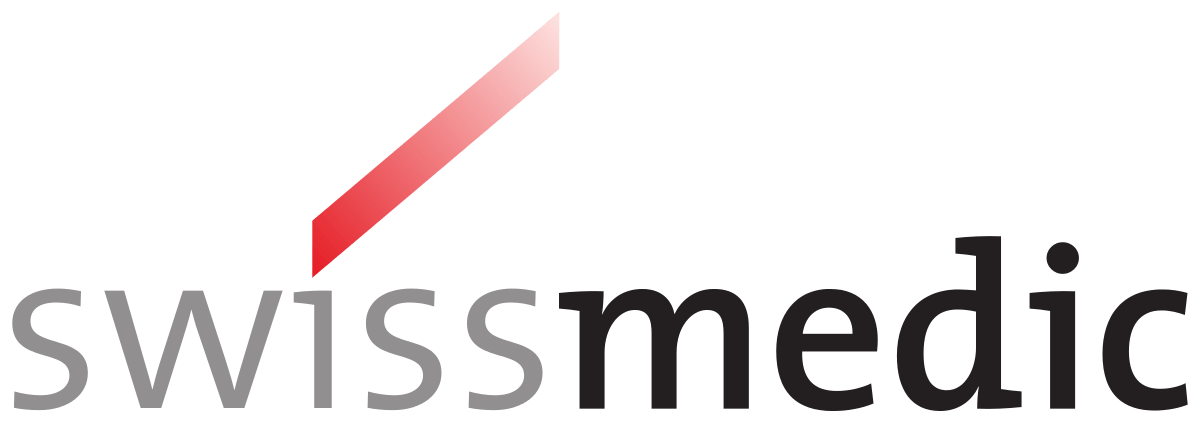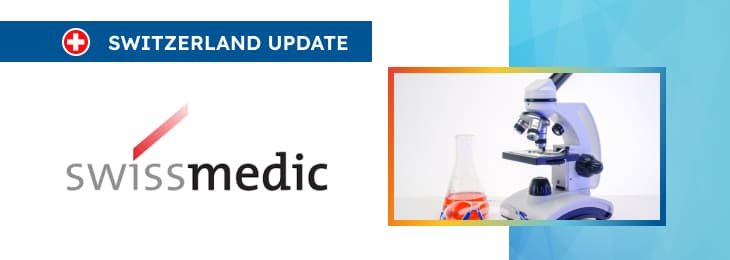The article highlights the key points related to the regulatory requirements for combination studies intended to be carried out in Switzerland.

Table of content
Swissmedic, the country’s regulatory agency in the sphere of healthcare products, has published a information sheet dedicated to combination studies. The document provides an overview of the applicable regulatory requirements set forth under the existing legal framework, as well as additional clarifications and recommendations to be taken into consideration by medical device manufacturers, study sponsors, and other parties involved.
At the same time, the authority reserves the right to make changes to the document and information provided, should such changes be reasonably necessary to reflect corresponding amendments to the underlying legislation.
Introduction and Objectives
This information sheet is primarily addressed to sponsors of combined studies, contract research organizations (CROs), and investigators. It provides guidance specific to combined studies, focusing on their submission to Swissmedic for authorization and the unique aspects of their conduct.
For areas where combined studies are identical to non-combined clinical trials, relevant sections in the information sheets for medicinal products (MP), advanced therapy medicinal products (ATMP), medical devices (MD), or in-vitro diagnostic medical devices (IVD) should be referenced. In Switzerland, under the general rule, the cantonal ethics committee is responsible for determining the scope of research projects and addressing questions related to applicable legislation.
The ethics committees’ requirements concerning the submission and conduct of combined studies are not covered in this sheet.
Examples of combined studies include:
- An ATMP not licensed in Switzerland being delivered through a non-CE marked drug pump.
- A non-CE marked IVD used to measure specific biomarkers, which determines patient treatment with an unlicensed MP in Switzerland.
- The implantation of a non-CE marked hydrocephalus shunt device with patients receiving post-implantation antiemetic medication, used off-label.

Terms and Definitions
In order to assist the parties involved in understanding the applicable provisions and interpreting the requirements set forth therein, the document provides definitions of the key terms and concepts used in the context of combined studies.
While the term “combined study” is not formally defined under Swiss or European regulations, it refers to studies involving:
- A clinical trial of an MP/ATMP conducted alongside an interventional performance study of an IVD.
- A clinical trial of an MP/ATMP conducted simultaneously with a clinical investigation of an MD.
It is important to distinguish combined studies from products that are a combination of devices and medicinal products, as the latter falls under different regulatory guidelines.
As further explained by the authority, CE-marked MD or IVD used in a clinical investigation or performance study according to its CE-marked instructions for use, and not prohibited in Switzerland, is considered “conforming”. MDs or IVDs manufactured and used in-house may also be classified as conforming. For further clarification, Swissmedic provides decision trees for clinical investigations and IVD performance studies.
In addition to the above, the document also lists the main abbreviations used in the relevant regulations.
Regulatory Background
According to the document published by Swissmedic, combined studies should comply with the regulations and guidelines governing both MPs/ATMPs and MDs/IVDs. These include both Swiss regulations, such as the ClinO and ClinO-MD, and European regulations, such as (EU) 536/2014, (EU) 2017/745, and (EU) 2017/746.
Furthermore, as well as international guidelines like ICH GCP and ISO 14155 / ISO 20916. The authority additionally mentions that whenever certain regulations differ in their requirements (e.g., definitions or reporting timelines), the requirements of both must be met for each respective aspect of the study.
In cases where one aspect of a combined study reaches its endpoint before the other (e.g., the performance study ends after two years, while the medicinal product study lasts for ten years), the regulatory obligations of the concluded aspect no longer apply to the ongoing component.
For further guidance on combined studies, the interested parties should refer to the following documents:
- MDCG 2021-6 Rev. 1 (particularly question 16),
- MDCG 2022-10,
- MDCG 2024-4.
For aspects of combined studies that are identical to non-combined clinical trials, the following Swissmedic information sheets should be taken into consideration:
- BW600 00 015e MB: Information on clinical investigations with medical devices (MD).
- BW600 00 016e MB: Information on performance studies with IVD medical devices (IVD).
- BW101 10 004e AA: Guideline on Clinical Trial Application Dossier (MP).
- BW101 10 003e AA: Guideline on Amendments to Clinical Trials (MP).
- BW101 20 002e MB: Information on notification of safety measures and SUSARs (MP).
- BW315 00 961e MB: Information on mandatory reporting of adverse reactions during a clinical trial involving TrP/GT/GMO (ATMP).
Additional information can be found on Swissmedic website, covering both clinical trials for medicinal products and medical devices, except for details concerning submission procedures for combined studies, which are included in this information sheet.
Conclusion
In summary, the present information sheet serves as a comprehensive guide for conducting and submitting combined studies, particularly for regulatory and compliance purposes in Switzerland. It emphasizes the need to comply with Swiss and European regulations simultaneously and provides references to key documents and guidelines for further clarification.
How Can RegDesk Help?
RegDesk is an AI-powered Regulatory Information Management System that provides medical device companies with regulatory intelligence for over 120 markets worldwide. It can help you prepare and publish global applications, manage standards, run change assessments, and obtain real-time alerts on regulatory changes through a centralized platform. Global expansion has never been this simple.

